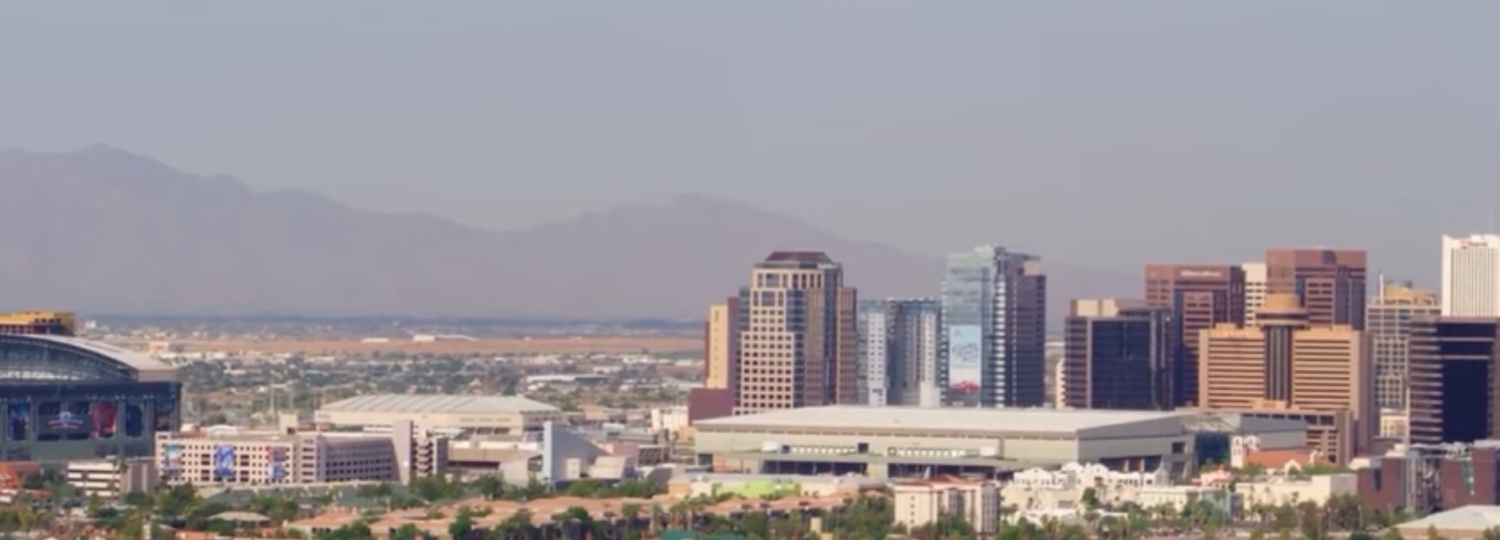Phoenix, Arizona has undergone significant changes over the past century. Once a small agricultural town, it has grown into a thriving metropolis with a population of over 1.7 million people. These changes have been driven by various factors, including population growth, technological advances, and economic development.
In the early 20th century, Phoenix was primarily an agricultural town, with cotton, citrus, and cattle ranching as the primary industries. The city’s warm climate and access to water from the Salt River made it an ideal location for farming. The city was known for its citrus groves, which produced oranges, lemons, and grapefruits, as well as its cotton fields, which provided a major source of income for local farmers. The agricultural industry played a significant role in shaping the city’s identity and economy, and its influence can still be seen today in the city’s architecture and cultural traditions.
One of the most significant changes in Phoenix over the past century has been its population growth. In 1920, the population of Phoenix was just over 29,000 people. By 2020, it had grown to over 1.7 million people, making it the fifth largest city in the United States. This rapid population growth has been fueled by a variety of factors, including the city’s warm climate, job opportunities, and affordable cost of living.
As the population of Phoenix has grown, the city has undergone significant changes in its infrastructure and development. In the early 20th century, the city’s downtown area was dominated by low-rise buildings and agricultural land. Today, it is a bustling center of commerce and entertainment, with skyscrapers, cultural institutions, and a thriving arts scene. The city has also expanded outward, with suburban sprawl and the construction of new highways and infrastructure.
Another significant change in Phoenix over the past century has been the role of technology in shaping the city’s growth and development. The advent of air conditioning in the 1950s, for example, allowed for the city’s population to grow even during the scorching hot summers. The development of new technologies has also played a role in the city’s economic growth, particularly in industries such as aerospace and defense.
Over time, the city’s economy has diversified, with the growth of industries such as manufacturing, healthcare, and finance. The city is now home to several Fortune 500 companies, including Intel, Honeywell, and Avnet.
Along with these changes, Phoenix has also experienced significant social and cultural transformations over the past century. In the mid-20th century, the city was a bastion of conservative politics, with a strong influence from the John Birch Society and other far-right groups. However, in recent decades, the city has become more politically diverse and socially liberal, with a growing population of young professionals and an increasingly diverse demographic.
Thriving Arts and Cultural Scene
One of the most visible signs of this cultural shift has been the growth of the city’s arts and cultural scene. The Phoenix Art Museum, which was founded in 1959, has become a major cultural institution, hosting exhibitions and collections of art from around the world. The city is also home to a thriving music scene, with venues such as the Crescent Ballroom and the Van Buren hosting concerts and performances by local and national artists.
Another significant change in Phoenix over the past century has been the city’s relationship with its natural environment. In the early 20th century, the city was dominated by agriculture, as previously mentioned, and had a close relationship with the surrounding desert landscape. However, as the city grew and developed, this relationship became more complex. The city’s water supply, for example, has been a major source of controversy and debate, with concerns about overuse and depletion of the region’s aquifers.
Conservation And Sustainability Efforts
To address these concerns, the city has taken steps to promote sustainability and conservation. The Phoenix Mountain Preserve, for example, was established in the 1960s to protect the city’s mountain ranges and provide recreational opportunities for residents. The city has also implemented a variety of water conservation measures, including the use of reclaimed water for irrigation and landscaping.
Overall, the changes that Phoenix has undergone over the past century reflect the broader trends of urbanization, economic growth and social and cultural transformation that have shaped many cities across the United States. While some of these changes have brought significant benefits, such as economic growth and cultural diversity, they have also presented challenges and controversies.
The Need for Balance
One of the most significant challenges facing Phoenix today is managing the impacts of rapid population growth and suburban sprawl on the region’s natural environment. As the city continues to grow, there is a need to balance the demands of economic development with the need to protect and conserve the region’s natural resources.
Another challenge facing the city is addressing issues of social and economic inequality. Despite its economic growth and prosperity, Phoenix has a relatively high poverty rate, particularly among communities of color. There is a growing recognition of the need to address these disparities through initiatives such as affordable housing, workforce development, and education reform.
Looking ahead, the future of Phoenix will depend on its ability to adapt to the challenges and opportunities of a rapidly changing world. The city’s leaders and residents will need to continue to balance the demands of economic growth with the need to protect and conserve the region’s natural resources. They will also need to address issues of social and economic inequality and work towards creating a more inclusive and equitable society.
Despite these challenges, Phoenix has a bright future ahead. With its warm climate, diverse population, and thriving economy, it remains an attractive destination for businesses and individuals alike. As the city continues to evolve and grow, it will undoubtedly face new challenges and opportunities, but its resilience and innovative spirit will ensure that it remains a dynamic and vibrant city for many years to come.
How Has Phoenix Changed in Last Century?
